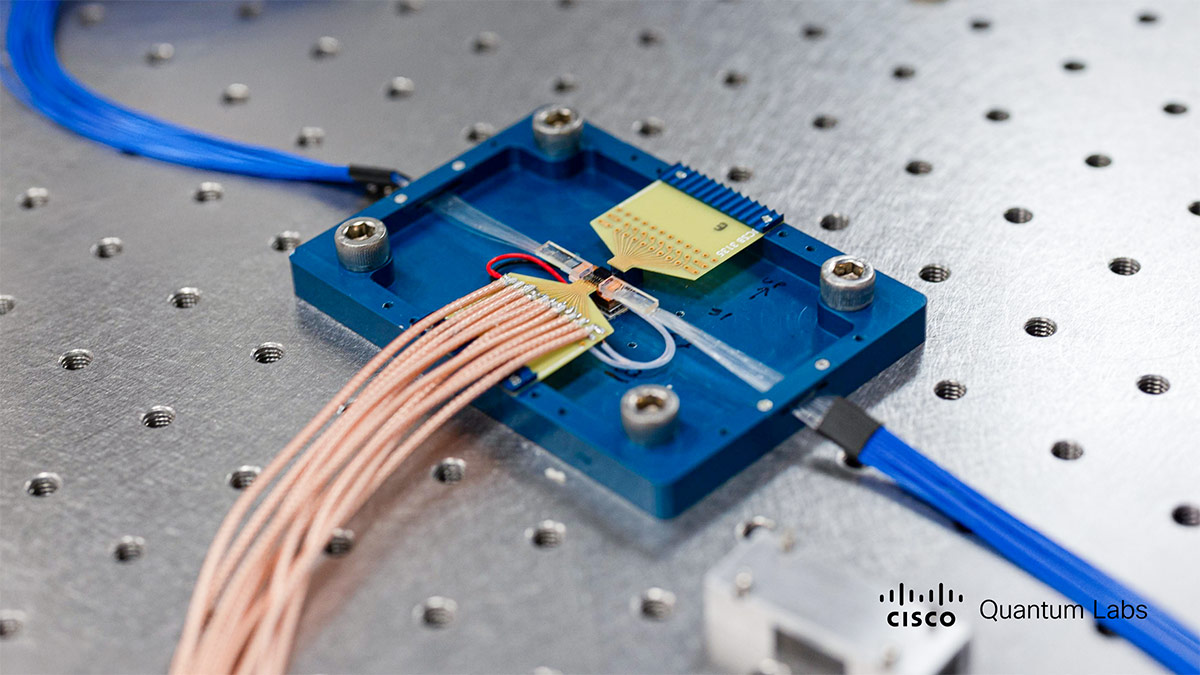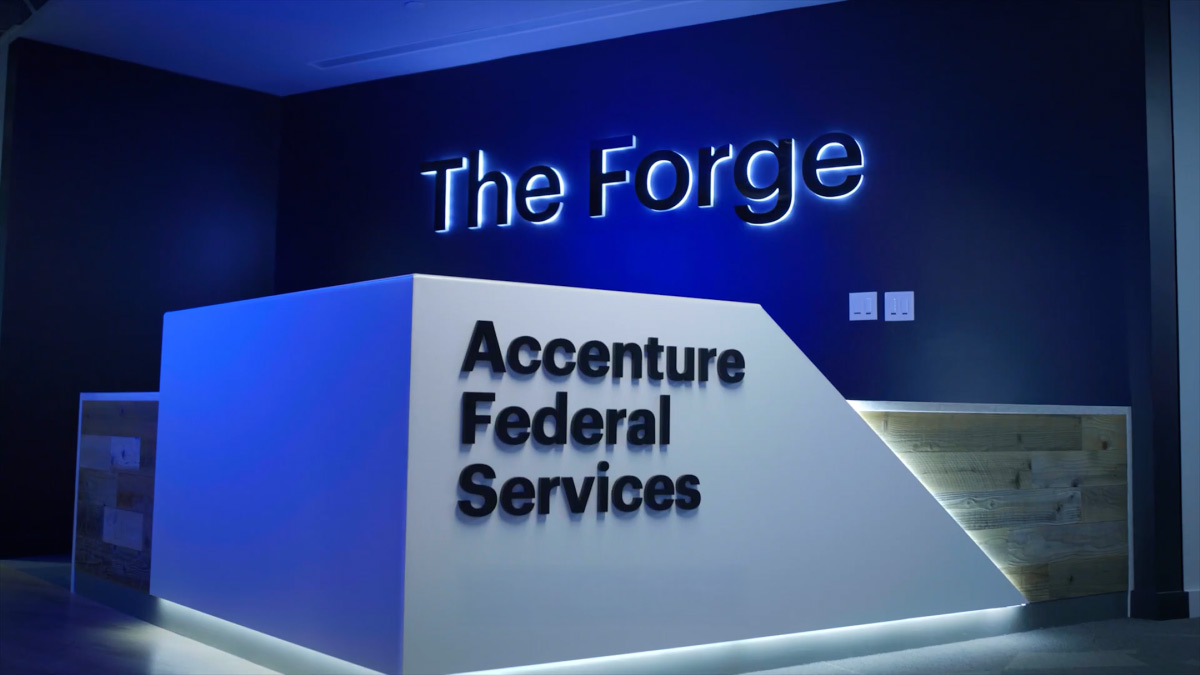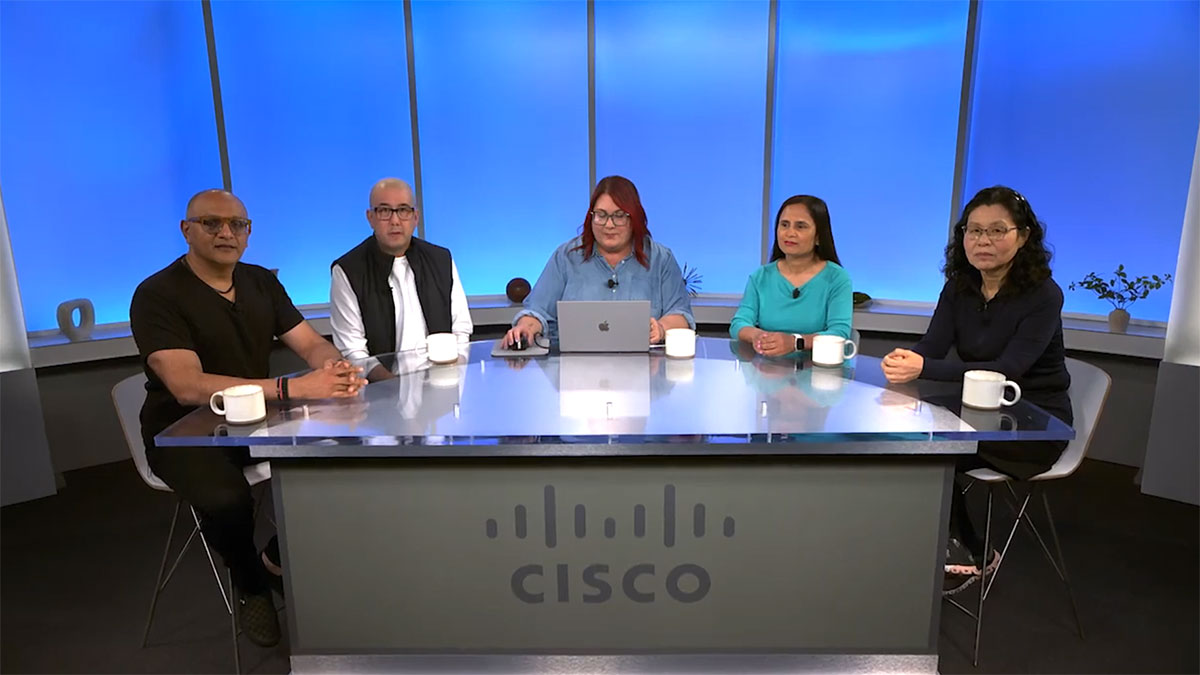The network is truly beginning to touch everything, and affect every facet of our lives. Yet, we need to use our technology to humanize the network experience. Connectivity, bandwidth and innovative technologies can provide a pathway for people and businesses to communicate, engage in commerce, and collaborate.
The network is valuable because it eliminates barriers of distance and time. We at Cisco believe there are three major requirements to this: Ubiquity, Fidelity, and Community. This dynamic trio are essential to humanizing the network connection.
Ubiquity
Why is it important to get everyone connected? As more people and businesses get connected, the utility and impact of these connections rises exponentially. And, the value of the network grows exponentially according to the number of nodes that are connected. Though the PC is a nice invention, if you add a network, your monitor is a window on the world.How do you determine the value of the network? By the services it provides. Bandwidth, and the intelligent utilization of bandwidth, are fundamental to expanding the network world. The network also has to be increasingly compelling with more types of media and high-fidelity media.
Fidelity
All media are becoming digital, which is good news for our second requirement: fidelity. What will drive more users to the network is the quality of the experience--richer media, speed, and responsiveness.I believe science and technology are powerful humanizers. Which is more human, the dits and dahs of a telegraph or a voice on the telephone? And what made it possible to move from text-based computing to the Graphical User Interface (GUI)? More powerful processors and more bandwidth.
Community
That brings us to the third requirement for our humanized network world: community. The network is not just for connecting machines, it is for connecting people to people, people to business, and business to business.This emerging network community is digital. This solves the issue of fidelity because every copy is identical to its original and can be transmitted to multiple locations without loss. For ubiquity, it means that audio, video, image and text are all made of the same stuff--bits, which can move where ever there is a connection.
Digital devices are, by nature, multimedia. They translate analog to digital, store or transfer bits and translate those bits back into analog forms for us humans. Digital commonality enables a digital community.
Digital Design, Digital Movement
There are other digital trends that are about to emerge: telephony and the internet, the integration of businesses' web sites and customer service call centers, even web-enabled Computer Telephony Integration (CTI). It gives people more access to information and a clear channel to act on the information. And business-to-business use of the Net explodes.What will drive this? The digital design of things, which enables industrial design groups in California designing a car's body styling, engineering staffs in Detroit and Tokyo working on the mechanics, and manufacturing plants in Spain, and the digital movement of things.
The digital movement of things goes big time here. Business-to-business commerce is already becoming a reality with network-enabled applications to build electronic supply and logistical chain. It's more effective--because collaboration is a key part of this process, everyone is working in their own location, on their own part of the system.
What holds them all together? The network, a fast, wide global pipeline that can move huge files and 3D objects on demand.
The humanity angle on this is simple. The digital design of things yields safer cars at lower prices, better use of energy and more reliable products from toasters to airplanes. Plus, people can collaborate without regard for time and distance, design times are compressed, new efficiencies are found, products come on to market more quickly, and people can live where they want to live, or even work from home.
The New Internet Economy
The digitization of the economy is well in progress. Ubiquity, fidelity, and community are the three fundamentals of the network. And the network is the spine of the new Internet economy.What drives the network is the applications that sit on top of it. It's how people are using it. It is the necessity of getting work done: designing, marketing, and distributing products and services.
At Cisco, we are in the business of enabling all those applications with a high-performance system to channel traffic across the Net. We believe that the Net is moving from e-mail and browsing pages to an all-encompassing environment that includes telephony, video and secured electronic transactions.
We believe that like Microsoft and Intel, we are uniquely in a leadership position--and are the overwhelming leader in the network space. This is more than just wires. It's a fundamental understanding of what all these parts must add up to. It must add up to an advantage for business and a more connected, prosperous and enlightened humanity.
That is what Empowering the Internet Generation is all about.
Cisco Systems
Cisco Systems, Inc. (NASDAQ:CSCO) is theworldwide leader in networking for the Internet. News and information areavailable athttp://www.cisco.com.






